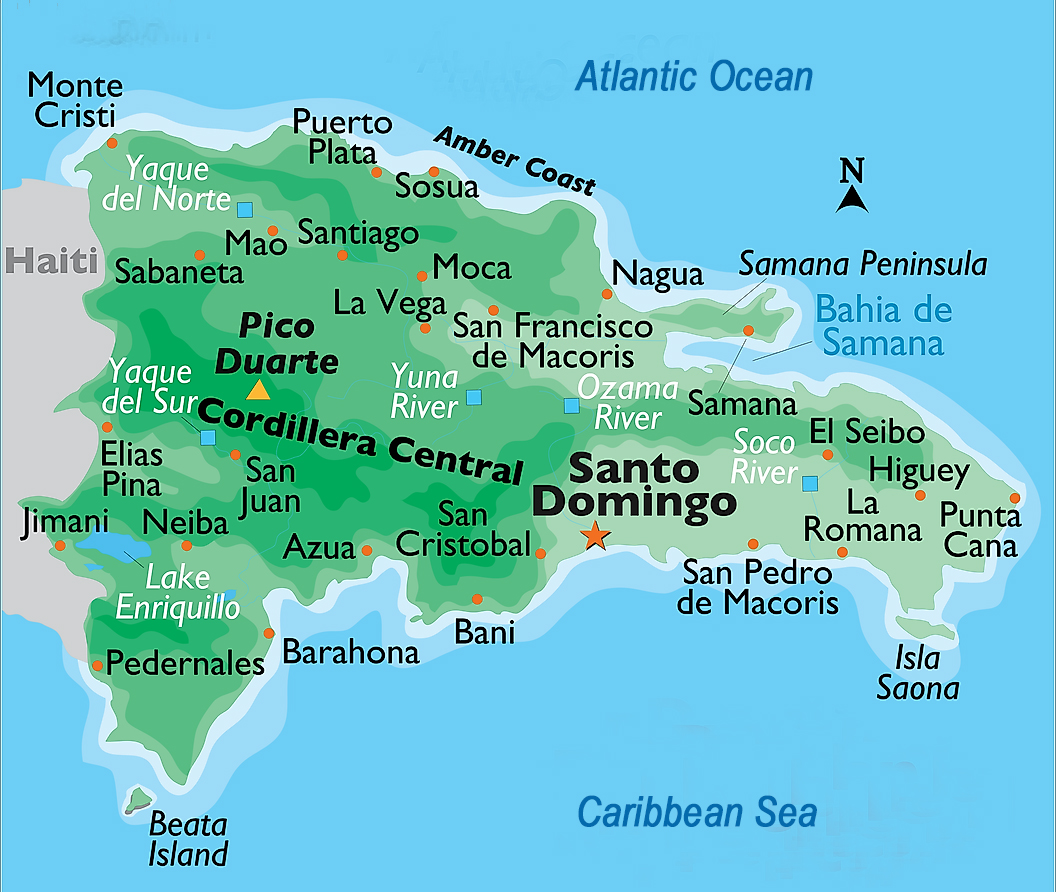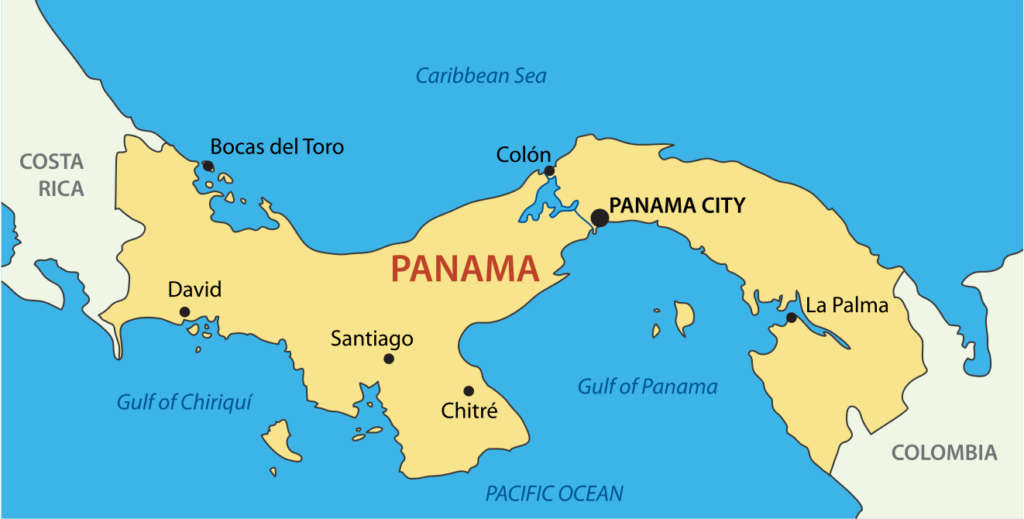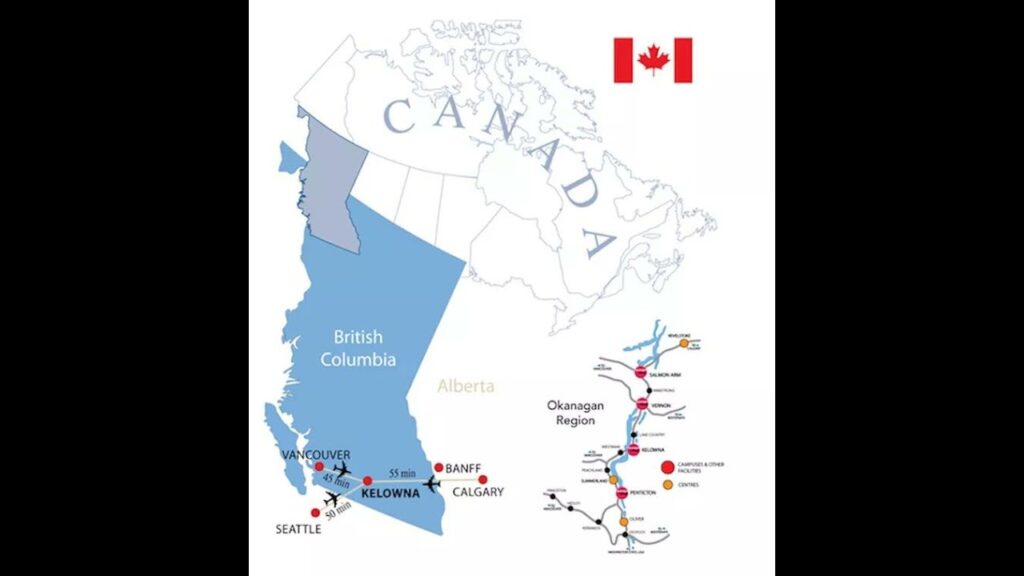Introduction
The Dominican Republic, located on the island of Hispaniola in the Caribbean, is a land of stunning natural beauty, rich cultural heritage, and vibrant history. In this comprehensive guide, we will delve into the maps and facts of the Dominican Republic, exploring its geography, culture, economy, and more.
Geography of the Dominican Republic
The Dominican Republic covers an area of approximately 48,671 square kilometers (18,792 square miles) and shares the island of Hispaniola with Haiti to the west. Its diverse geography includes mountain ranges, fertile valleys, lush rainforests, and pristine beaches. The highest point in the Dominican Republic is Pico Duarte, standing at 3,098 meters (10,164 feet) above sea level.
Administrative Divisions
The Dominican Republic is divided into 31 provinces and the National District, which encompasses the capital city of Santo Domingo. Each province is further subdivided into municipalities. Some of the key provinces include Santo Domingo, Santiago, La Altagracia (home to Punta Cana), and Puerto Plata.
Culture and Heritage
The Dominican Republic is renowned for its vibrant culture, influenced by a mix of indigenous Taíno, African, and European traditions. Music and dance play a central role in Dominican culture, with genres such as merengue, bachata, and salsa being popular both locally and internationally. The country also boasts a rich culinary heritage, with dishes like mangu (mashed plantains), sancocho (meat and vegetable stew), and tostones (fried plantains) being staples of Dominican cuisine.
History and Heritage Sites
The Dominican Republic has a rich history dating back to the arrival of Christopher Columbus in 1492. Visitors can explore a wealth of historic sites, including the Colonial City of Santo Domingo, a UNESCO World Heritage Site and the oldest continuously inhabited European settlement in the Americas. Other notable heritage sites include the Alcázar de Colón (Columbus Alcazar), Fortaleza Ozama, and the Basilica Cathedral of Santa María la Menor.
Economy and Tourism
The Dominican Republic has one of the largest economies in the Caribbean, driven primarily by tourism, agriculture, and manufacturing. Tourism is a major industry, with millions of visitors flocking to the country each year to enjoy its beautiful beaches, vibrant culture, and diverse landscapes. Punta Cana, in the La Altagracia province, is one of the most popular tourist destinations in the Caribbean, known for its luxurious resorts and pristine beaches.
Environmental Conservation
The Dominican Republic is home to a wealth of biodiversity, including numerous endemic plant and animal species. Efforts are underway to conserve and protect the country’s natural resources through initiatives such as national parks, wildlife reserves, and sustainable tourism practices. Jaragua National Park, Sierra de Bahoruco National Park, and Los Haitises National Park are just a few of the protected areas that showcase the country’s stunning natural beauty.
Conclusion
In conclusion, the Dominican Republic is a captivating destination that offers something for everyone, from its breathtaking landscapes and rich cultural heritage to its warm hospitality and vibrant atmosphere. Whether you’re exploring the historic streets of Santo Domingo, lounging on the pristine beaches of Punta Cana, or trekking through the lush rainforests of the interior, the Dominican Republic is sure to leave a lasting impression.
- Animals That Live In The Tundra - September 1, 2024
- Animals That Live In Madagascar - September 1, 2024
- 10 Largest Cities In Hawaii - September 1, 2024




